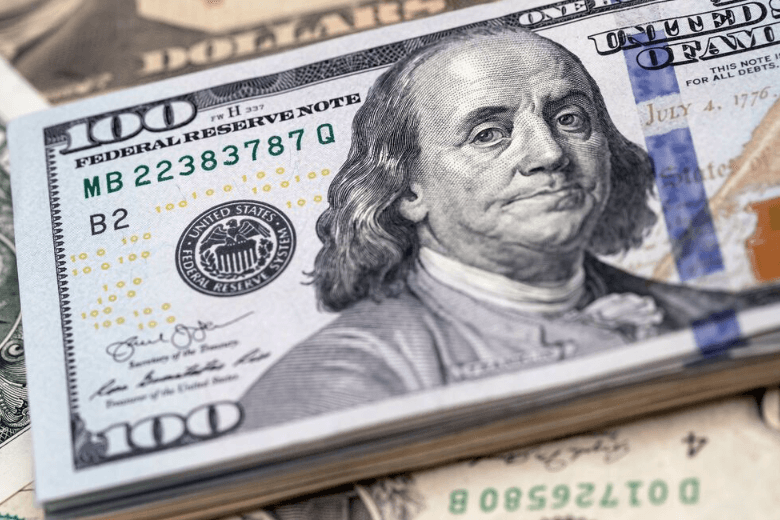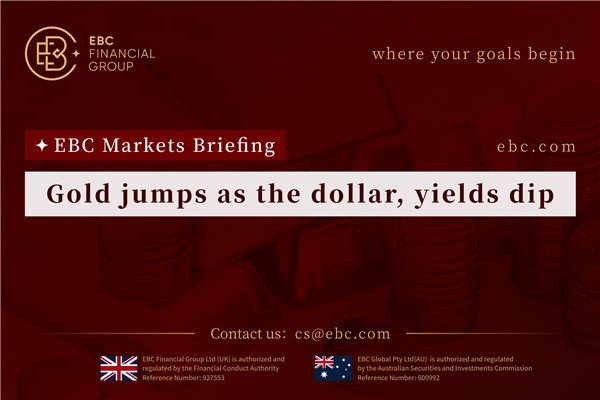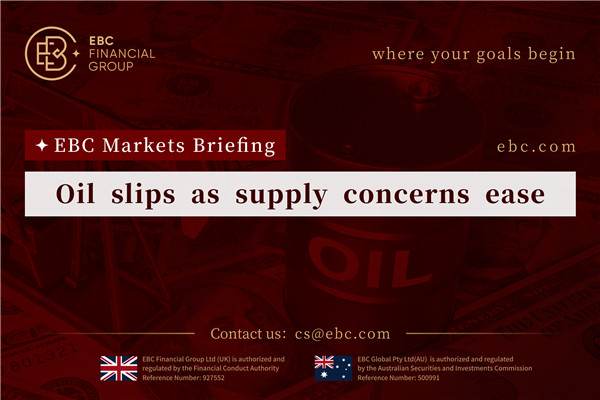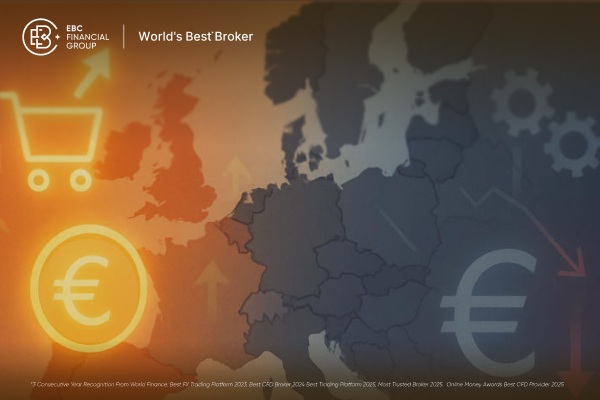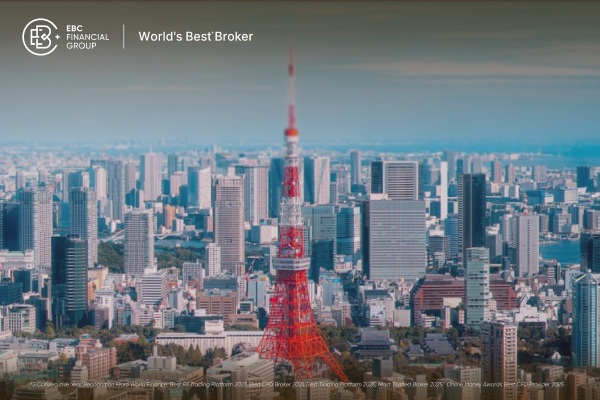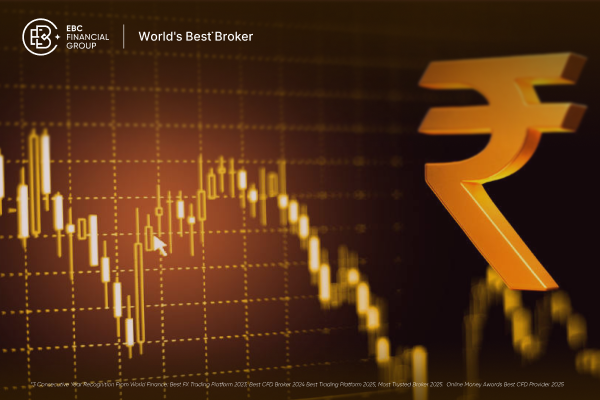Saudi Arabia, a vital global economic player and key oil exporter, uses a currency that's integral to international trade, central bank strategy, and forex markets—the Saudi Riyal (SAR).
This article explores Saudi Arabia's currency details, its peg to the US dollar, implications for forex traders, trading strategies, and macroeconomic factors affecting the SAR's behaviour in 2025.
What Is the Currency of Saudi Arabia?
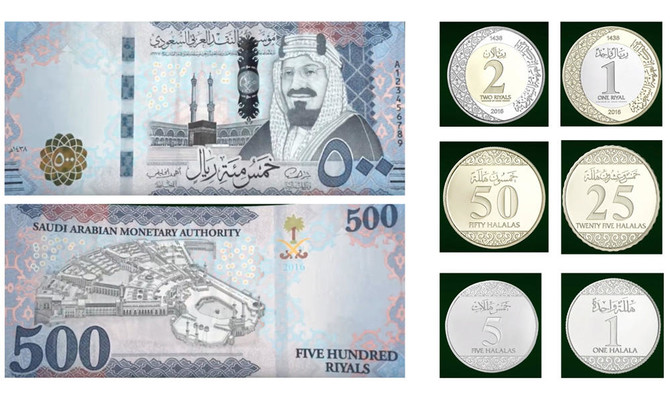
To answer the question repeatedly highlighted in the headings, the Saudi Riyal (SAR) is the official currency of Saudi Arabia. It's subdivided into 100 halalas and issued by the Saudi Central Bank (formerly SAMA).
Banknotes are currently issued in denominations of 1, 5, 10, 20, 50, 100, 200, and 500 riyal, with coins for halalas and small riyal values.
The Riyal's symbol is a stylised Arabic calligraphy introduced recently to reflect national identity, especially in financial systems and electronic transactions, by the Saudi Central Bank.
Fixed Peg to the US Dollar
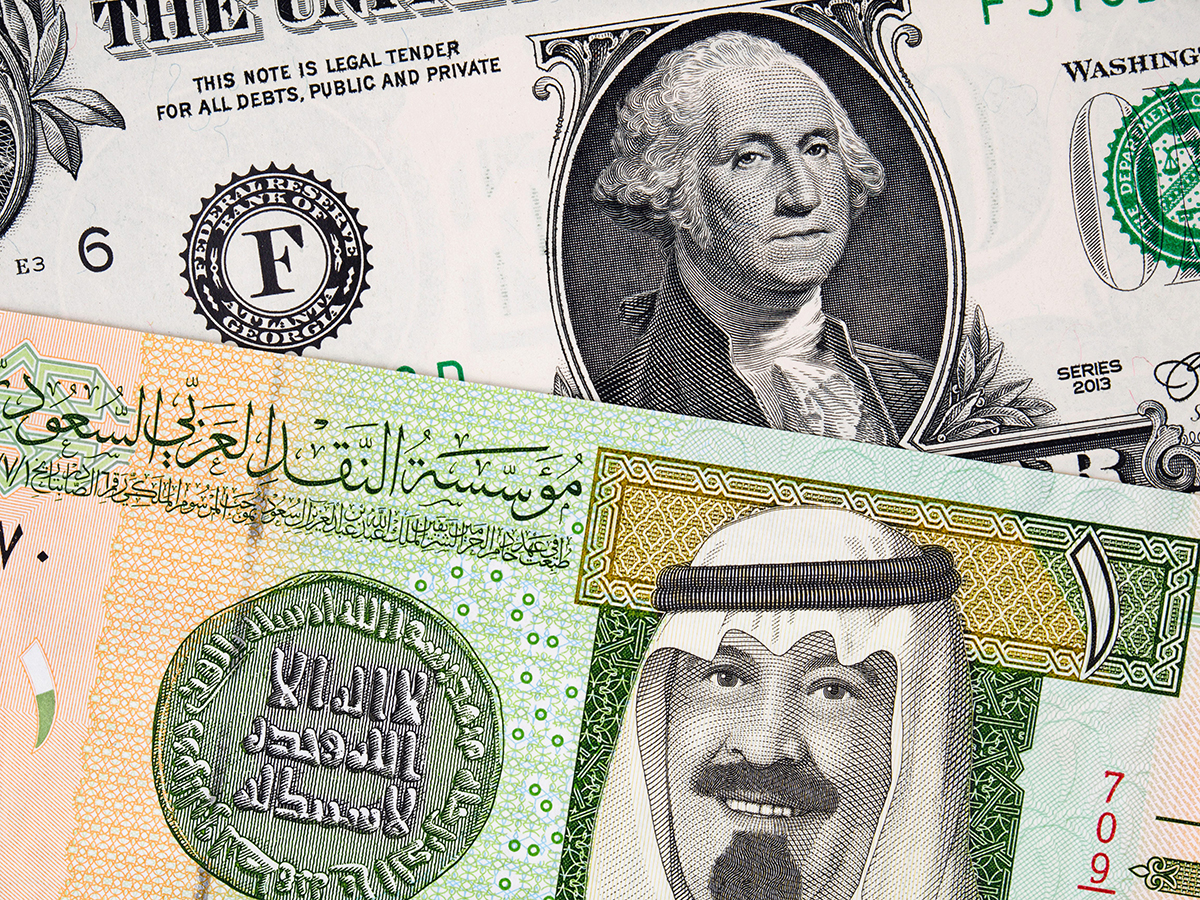
Saudi Arabia operates a fixed exchange rate regime, pegging the Riyal to the US Dollar at 1 USD = 3.75 SAR. This peg has been maintained since January 2003, effectively anchoring Saudi monetary policy to US interest rate movements. This arrangement trades monetary flexibility for stability in the context of oil-driven foreign income.
The peg has been briefly altered during global financial stress (e.g., late‑2007), but was swiftly restored.
Significance of the USD Peg
Stable Monetary Policy
The official peg ensures that Saudi interest rates closely follow US Federal Reserve decisions. Investors and importers benefit from predictability, while the Kingdom retains control over inflation and external balance.
Oil Revenues and Currency Reserve Management
Since oil exports are priced in USD, petro-revenues flow directly into Riyal-converted accounts. The peg offers a seamless conversion system, reducing exchange risk for international traders and SAMA's reserve buffers.
Limited Monetary Flexibility
Pegging to USD means reduced tools to absorb economic shocks. Domestic monetary policy must often mirror the Fed, even if local conditions differ. In response, Saudi Arabia runs substantial foreign reserves and borrows, particularly to support big Vision 2030 projects.
Forex Trading with SAR
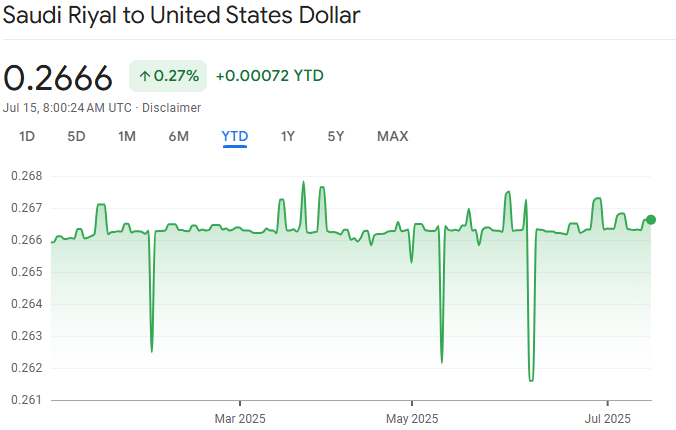
Despite the peg, SAR/USD remains tradable in the forex market. Traders typically focus on small range moves and leveraged plays.
Liquidity and Trading Hours
SAR liquidity peaks during the Asian session, particularly when it overlaps with Europe. Notably, more active trading windows occur between 11 PM and 8 AM GMT. In local Saudi time (GMT+3), this translates to 2 AM–11 AM AST, with a prime overlap at 2–5 PM AST.
Regulation and Brokers
Forex brokers must adhere to standards to serve Saudi clients. While Saudi Arabia doesn't restrict forex per se, traders typically choose platforms licensed by a credible regulator.
Macroeconomic Drivers of SAR
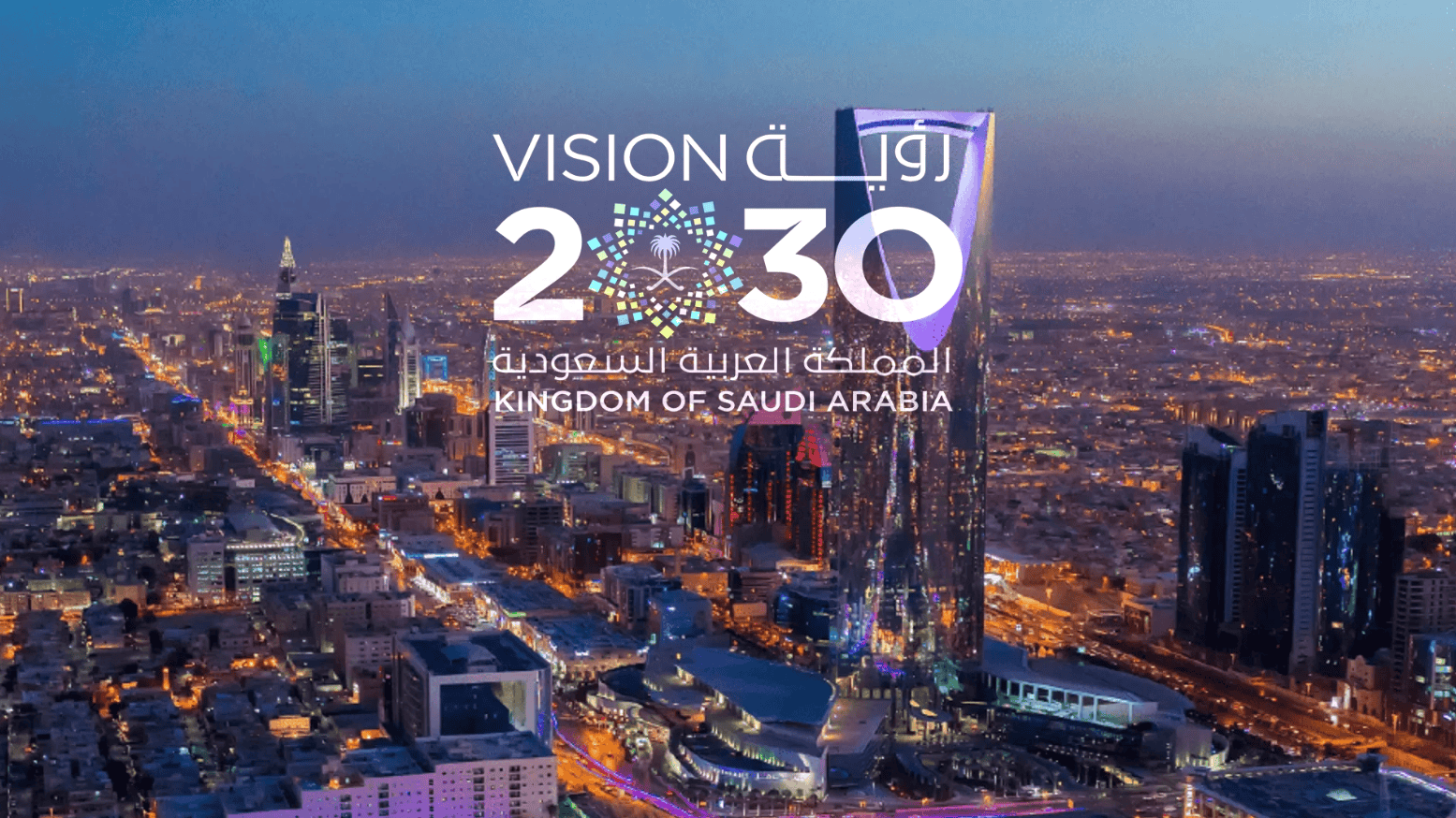
Oil Prices
Since the economy is heavily reliant on oil, SAR strength depends on oil revenues. Higher prices support stronger reserve inflows and peg stability.
Vision 2030 and Fiscal Policy
Saudi Arabia's Vision 2030 strategy aims to diversify the economy. Large-scale investments and borrowing—through bonds and sukuk—support this shift. As of early 2024, the Kingdom ran modest deficits (~26.5% of GDP debt) linked to funding new megaprojects.
Global De-dollarisation Pressure
While some Gulf peers explore trading oil in yuan or other currencies, Saudi Arabia remains anchored to the USD peg due to strategic considerations. Dialogue on de-dollarisation hasn't undermined the Riyal's stability.
Trading Strategies for SAR
1. Peg Play & Range Trading
Given that SAR/USD trades within a tight band (roughly 3.744–3.756), traders can profit from predictable fluctuations by buying near band lows and selling near highs. Pairing this with tight stop-loss rules helps manage risk.
2. Interest-Rate Differential
Interest rate shifts in the US translate immediately to SAR-based accounts. Traders monitor Fed moves to capture interest-rate slight arbitrage, supported by transparent futures trackers.
3. Oil Correlation Strategy
In emerging markets, SAR often tracks oil. If oil rallies, SAR may gain slight momentum, or traders anticipate local liquidity outflows/inflows. Key support and resistance levels in correlation models help identify trade opportunities.
4. Seasonal Patterns Around Ramadan and Holidays
Islamic holidays can create volatility due to reduced liquidity. AST charts show clearer price gaps during Ramadan afternoons or Eid weeks.
How to Incorporate SAR in Forex Portfolios
For investors in emerging market portfolios, SAR inclusion offers:
Stability, due to the peg mechanism.
Oil-market exposure via Saudi assets.
Limited diversification, given its dependence on the USD peg.
Traders often use SAR alongside other Gulf currencies (e.g., AED, OMR) to diversify pegged-USD systems.
Conclusion
In conclusion, the Saudi Riyal's fixed peg to the US Dollar is integral to its monetary strategy, offering stability for traders and investors. However, its tied nature to USD and oil prices limits volatility and diversification.
For forex traders, SAR offers reliable but narrow trading ranges, clear session timing, and dependable fundamentals. It's a low-volatility addition to a modern forex portfolio, but profitable only with disciplined, range-based trading strategies.
Disclaimer: This material is for general information purposes only and is not intended as (and should not be considered to be) financial, investment or other advice on which reliance should be placed. No opinion given in the material constitutes a recommendation by EBC or the author that any particular investment, security, transaction or investment strategy is suitable for any specific person.














